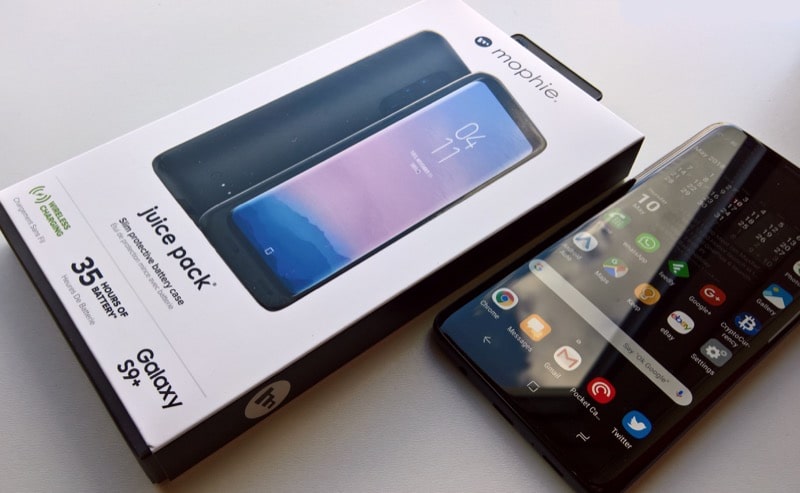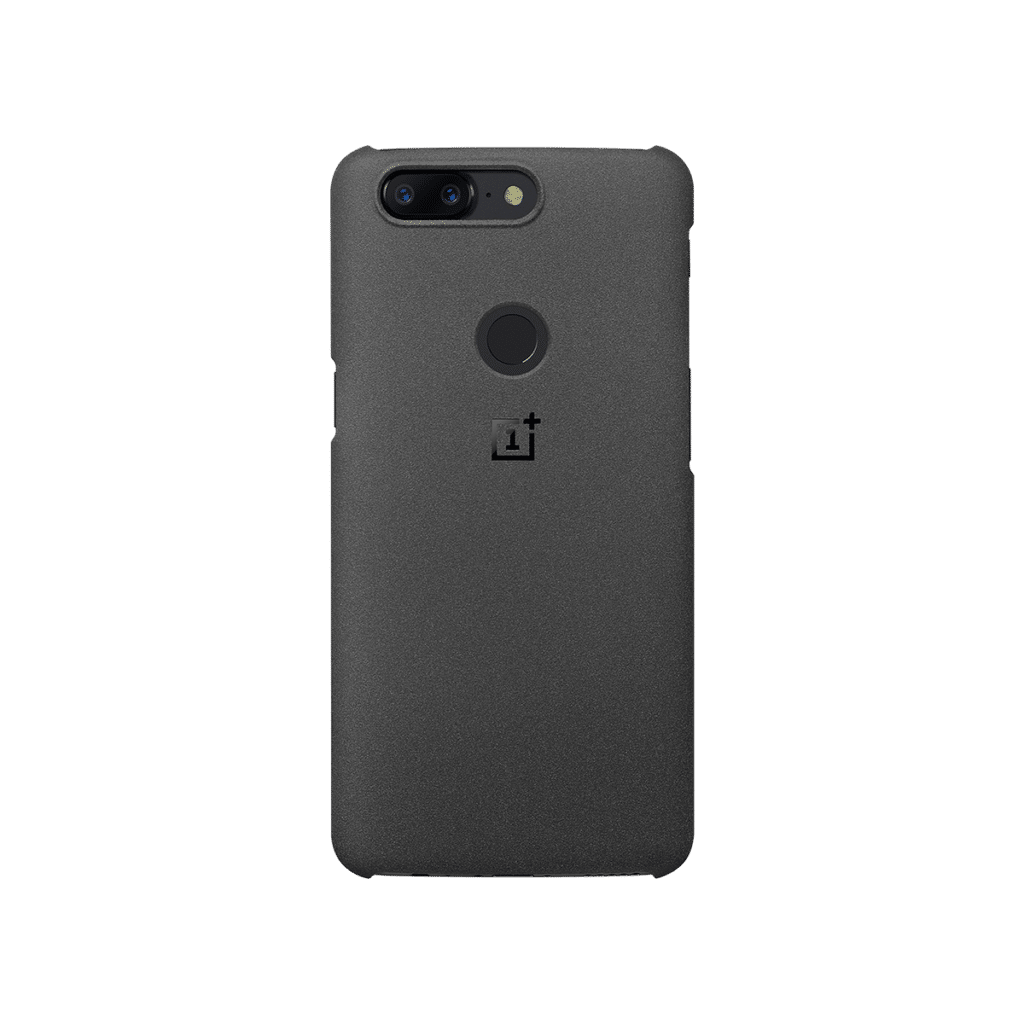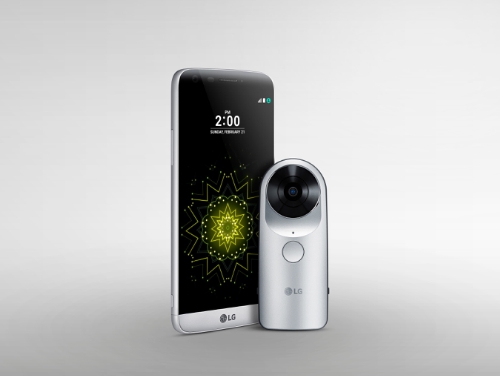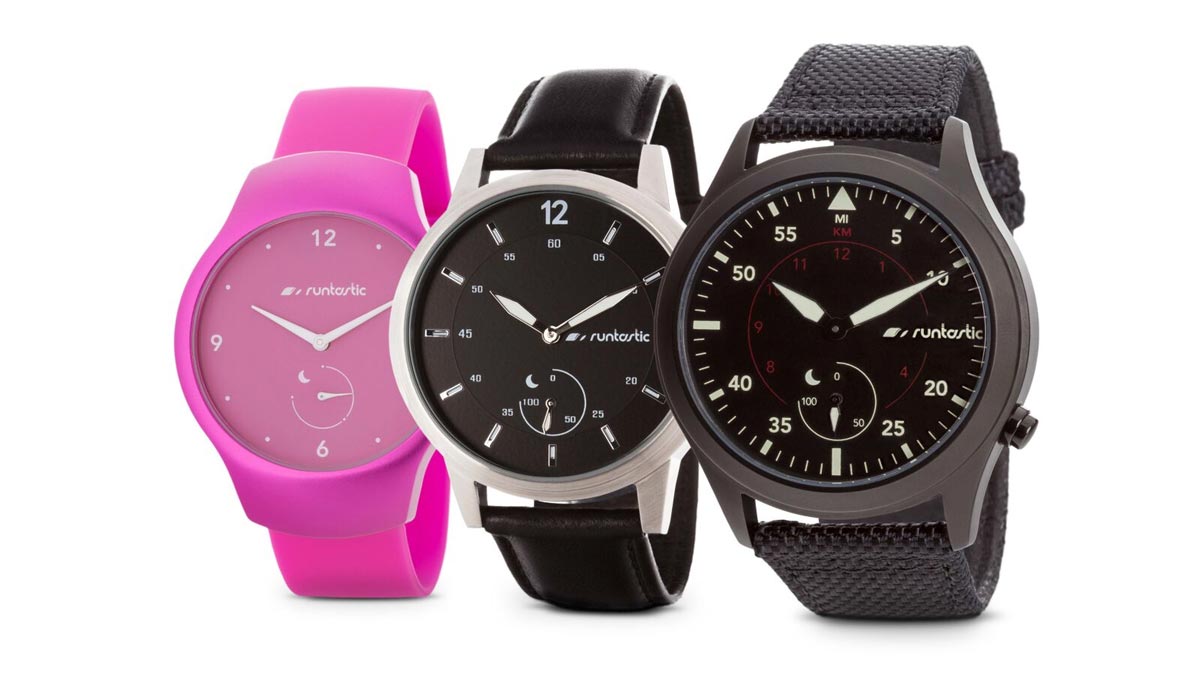Back in 2008, I had a Nokia E71 and I used an application called Cute Keys to trigger certain actions when some of its buttons were pressed. That app was made even more powerful by the sheer amount of keys available on the E71 — QWERTY! And ever since I moved to Android, I have been longing for a similar functionality, but the lack of buttons on Android devices made such actions quasi-impossible. Enter Pressy, an actual physical button that goes into the 3.5mm headset plug, and aims to be an easy shortcut button for your phone.
Pressy journey: From Kickstarter to product
Pressy started as a very successful Kickstarter project last year, looking for $40K in funding and nearly reaching $700K. After the funding period ended, several mishaps occurred — some with production, some with cheap knock-offs shipping sooner, and others with communication — creating an uproar from unsatisfied backers. But, having pledged for 30+ Kickstarter projects, I expected to see issues and didn’t let them faze me.
Pressy finally shipped in June 2014, two months after its initial estimated delivery date. In the crowd-funding world, two months isn’t a real delay. That’s practically a given, and it’s almost a miracle when they’re only two months of delays.
The button
From the moment I opened the little carton and foam packaging that Pressy ships in, I was impressed. Despite knowing what a headset plug’s size is and that Pressy was only supposed to protrude a millimetre from it, I found it incredibly tiny. It also felt incredibly well-made. The finish on the plug, the material of the button, and even the simple and sturdy 3-in-1 carrying case / keyring holder / earphone holder, were above par for the first crowd-funded product of a new company.

The materials, finishes, and designs of both Pressy and its carrying case are impressive
Most impressive though was the tactile response on the actual button. It’s imperceptibly raised, making you think that it wouldn’t press easily. However, it’s really easy to trigger (though it wouldn’t by accident) and when it presses, there’s a very satisfying click and release. I wasn’t expecting this level of detail in the finished product and I was pleasantly surprised.

The actual button (black) is barely raised but provides a very satisfying click
The app and functionality
Once you activate the Pressy app with your own QR code, you get shown a very handy tutorial that explains how you should select the app as a default, the difference between short and long clicks, and how to add new triggers and actions. It’s all — again — very well executed, with the app being responsive and simply designed (despite not really obeying the Android guidelines).
The app lets you choose between 9 different button triggers, mixing one, two, or three short or long presses. These triggers can either be active when the screen is on, or both when the screen is on and off. The latter option might come in handy if you want to toggle the flashlight or control music playback with a few clicks even when your phone’s display is off.
The actions triggered by Pressy range from simple toggles, like bluetooth, WiFi, screen rotation, vibration, flashlight, to more complex ones. You can call contacts, send messages, launch the camera, the voice and video recorder, or a specific app, and control media playback. The app even lets you capture immediate photos and videos, without waiting for the camera to launch and then pressing the shutter button. There’s also an AutomateIt plugin that basically takes Pressy’s potential and raises it by several exponents.
Key issues
I ran through three main issues while using Pressy. First, the carrying case doesn’t fit well on double-wire earphones, and if it weren’t for the hole where you insert the wire, it would be loose and lost away from the earphone. That’s not exactly a deal-breaker, but the next two issues make Pressy a little less ideal in day-to-day use.

Pressy’s carrying case doesn’t exactly hold onto some earphone wires
Since Pressy is meant to stay plugged in, the headphone indicator will always show up on devices (and ROMs) that have that feature in the notification tray. Every couple of hours, however, my LG G2 would stop treating my Pressy clicks like it should (despite having selected Pressy as a default, yada yada) and start treating them like regular headset button presses (play/pause music). I have to take off Pressy and re-insert it in order to make the phone recognize it again. That negates the entire purpose of a shortcut button: if I don’t know that it will be reliable 100% of the time, I’m losing my time pressing some keys, waiting for something to happen, realizing it won’t, taking off Pressy, inserting it again, and trying to trigger the action once more.
Then, all of a sudden today, Pressy stopped working altogether on my G2. I removed it and re-inserted it to no avail. I restarted the app, restarted the phone, cleared the app’s data, uninstalled and reinstalled it, cleared all my other apps’ defaults to make sure none was overtaking Pressy, and nothing seems to work. Clicking the button with Pressy inserted doesn’t get recognized, not as a Pressy action and not even as a regular headset button action. I thought the button was broken and was ready to cry tragedy, but, to my surprise, it worked fine on my friend’s Nexus 5, and I later discovered that it works when my LG G2’s screen is off. When the screen is on, however, it flatlines.
I have raised that concern with the developers and will wait for their feedback. It’s most likely a bug, but it did make me stop and wonder about the benefit of Pressy. Even when it worked, the always-on use case wasn’t reliable, and that’s not an issue of Pressy as much as it is a result of the hacked way in which Pressy works, by overtaking the headset plug.
Worth the price of entrance?
Until the developers are able to do some magic to prevent Pressy from not being recognized after being plugged in for a few hours, it isn’t a dependable button, and as such, it doesn’t fulfil its job of quick access to shortcuts.
Putting that issue aside, Pressy is $27 and you could probably find ten different knock-offs for much less. Having seen the finish, build, and thought that has gone into Pressy, and also having followed the project from its inception to its delivery, I would recommend you encourage the original creators than some cheap company who took the idea and ran with it in mass-production mode.









